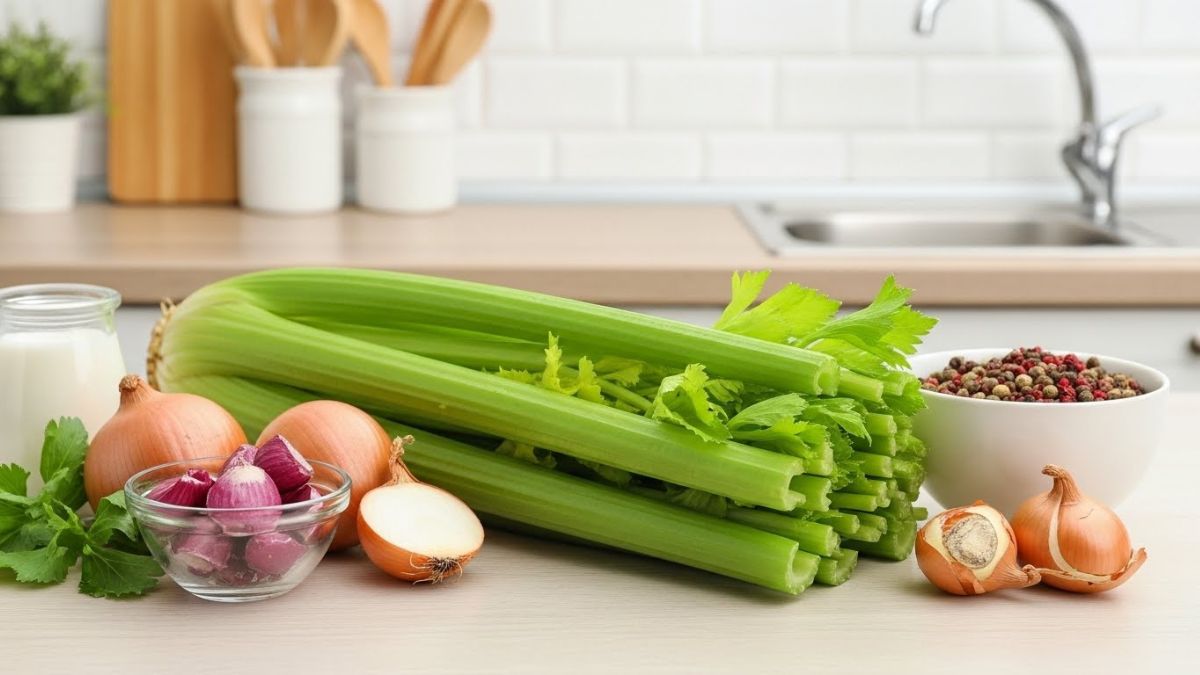The juneberry is a hidden gem in the world of berries. Known for its sweet flavor, nutritional benefits, and versatility, this fruit is slowly gaining attention among gardeners, chefs, and health enthusiasts. Whether you’ve heard it called serviceberry, saskatoon, or by its scientific name Amelanchier, the juneberry is worth a deeper look. Let’s explore its many advantages, from health perks to gardening insights.
What Is a Juneberry?
A juneberry is a small, round, purplish-blue fruit that resembles a blueberry in appearance but is more closely related to apples and pears. It grows on a deciduous shrub or small tree and is native to North America. The fruit gets its name because it typically ripens in June, though timing can vary slightly depending on location.
Different Names for Juneberry
Depending on where you live, juneberries might be known by several other names:
Serviceberry in the eastern U.S.
Saskatoon berry in Canada
Shadbush or shadblow in coastal regions
Despite the variety of names, they all refer to the same genus: Amelanchier.
Nutritional Value of Juneberries
Juneberries are packed with nutrients. They are rich in fiber, vitamin C, iron, manganese, and antioxidants. A cup of fresh juneberries provides a healthy dose of your daily nutrient needs. They also contain anthocyanins — powerful compounds that support brain and heart health.
Health Benefits of Juneberries
Thanks to their rich nutritional profile, juneberries offer several health benefits.
Boost immune function with vitamin C
Promote digestion with high fiber content
Support bone health due to manganese
Combat inflammation with antioxidants
Regulate blood sugar through their low glycemic index
If you’re looking for a natural superfood, juneberries tick all the boxes.
Taste and Culinary Use
Juneberries taste like a cross between a blueberry and a cherry, with a hint of almond due to the seeds. They’re sweet, slightly nutty, and perfect for both raw and cooked applications.
You can use juneberries in:
Pies and tarts
Muffins and pancakes
Smoothies and jams
Salads and syrups
They’re not just healthy — they’re delicious.
Growing Juneberries at Home
One of the best things about juneberries is how easy they are to grow. They thrive in USDA zones 3 through 7 and are adaptable to various soil types. They prefer full sun but can also tolerate partial shade. With proper care, your juneberry plant will reward you with fruit in just a few years.
Planting Tips for Juneberries
When planting juneberries:
Choose a sunny spot with good drainage
Space bushes at least 4–6 feet apart
Water regularly in the first growing season
Mulch around the base to retain moisture and reduce weeds
These steps help the plant establish strong roots early on.
Caring for Juneberry Plants
Once established, juneberry bushes are relatively low maintenance. Prune annually to remove dead or overcrowded branches. Watch out for pests like aphids and diseases like rust. Using organic compost and a balanced fertilizer once a year can promote better fruiting.
When and How to Harvest
Juneberries ripen in early summer, usually in June or July. The berries should be deep purple or blue and slightly soft to the touch. Harvest them gently by hand, and be sure to do it quickly — birds love them just as much as humans do!
Storing and Preserving Juneberries
Fres juneberries can be stored in the refrigerator for about a week. For longer storage:
Freeze them in airtight containers
Dry them to use in trail mixes
Make jams or jellies
Preserving the berries allows you to enjoy their flavor year-round.
Juneberries and Wildlife
If you’re a fan of nature-friendly gardening, juneberries are a fantastic addition. The flowers attract pollinators like bees and butterflies, while the fruits are a favorite among birds. Planting juneberries supports local ecosystems and adds beauty to your yard.
Juneberries vs. Blueberries
While juneberries look like blueberries, they’re quite different:
Juneberries grow on trees, blueberries grow on bushes
Juneberries have small edible seeds, which give a nutty taste
Juneberries are higher in protein and iron than blueberries
Both are nutritious, but juneberries have a slight edge in versatility and content.
Where to Find Juneberries
You might not find juneberries at every grocery store, but they’re more common at:
Local farmer’s markets
Specialty health food stores
Online fruit sellers
Better yet, consider growing your own — it’s the freshest source possible.
The Cultural History of Juneberries
Juneberries have a long history in Native American diets. Tribes would use them in pemmican, a traditional high-energy food combining berries, fat, and meat. This deep-rooted cultural significance highlights how essential juneberries were as a source of nutrition.
Sustainability and Juneberries
Juneberries are an eco-friendly crop. They require less water than many commercial fruits and can be grown organically without heavy pesticide use. For sustainable gardeners, this fruit is a win-win — great for the planet and great for the plate.
Conclusion
Juneberries are more than just a pretty fruit. They’re nutrient-dense, easy to grow, and highly versatile in the kitchen. Whether you’re aiming for better health, looking to boost your garden’s biodiversity, or simply love trying new flavors, juneberries deserve a spot in your life. Give this underrated fruit a try — your body and taste buds will thank you.
FAQs
Can I grow juneberries in containers?
Yes, dwarf varieties of juneberries can be grown in large containers with proper drainage and full sun exposure.
Are juneberries safe for pets?
Yes, they’re generally safe for dogs in small amounts, but always consult your vet before adding new foods.
How long does it take for a juneberry plant to fruit?
Typically, a juneberry plant starts producing fruit in 2 to 3 years after planting.
Do juneberries attract bees?
Absolutely! The flowers are bee magnets in spring, making them great for pollinator-friendly gardens.
What’s the best way to use frozen juneberries?
Use frozen juneberries in smoothies, baked goods, or thaw and enjoy them on oatmeal or yogurt.











